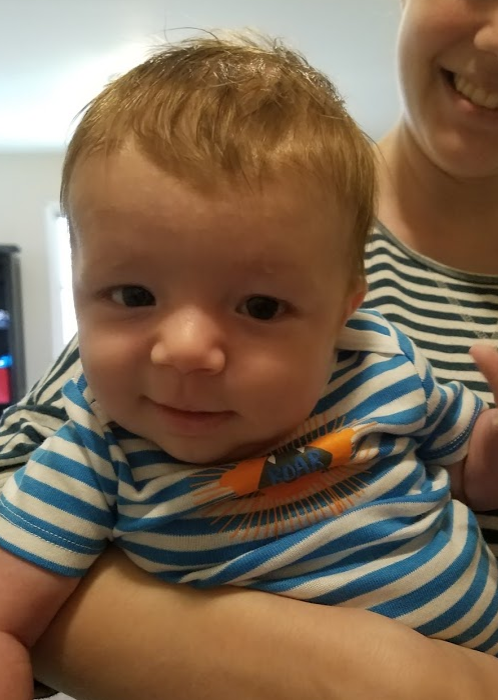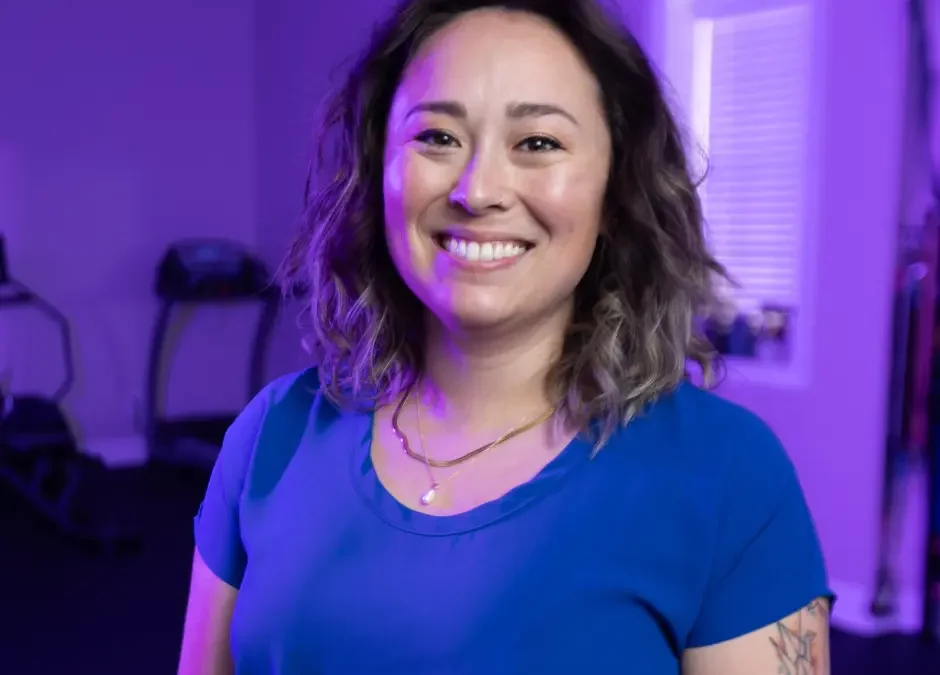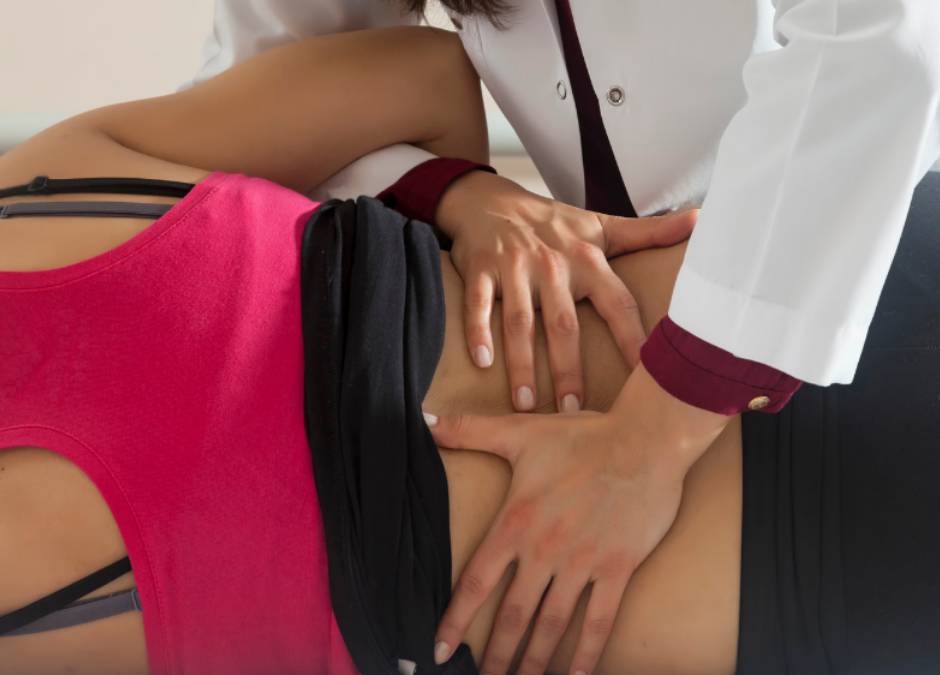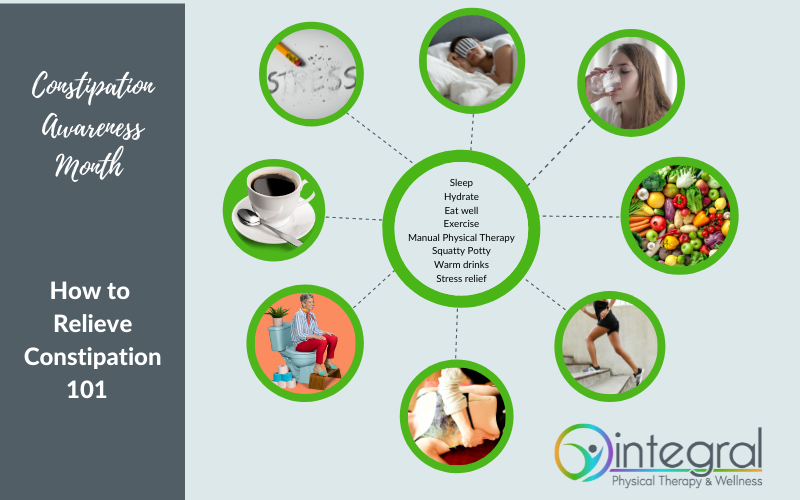I vividly remember during my early days as a PT in the late 1990s when the large outpatient pediatric clinic where I worked went from a few referrals per year for babies with head tilt, or torticollis, to at least 1 a week, then several a week. Torticollis comes from two Latin root words, “tortus” and “collum”, which together mean “twisted neck”. A child with Torticollis presents with his or her head tilted towards one side, with chin turned in the opposite direction (note that this pattern may vary). What happened to drive that change in referrals? The cases we used to see were almost exclusively due to in utero positioning or a pregnancy or birth cause. However, we started seeing more cases of positional torticollis due to the rising success of the Back to Sleep program. BTS started in 1994, and while effective in reducing SIDS (Sudden Infant Death Syndrome), it was also partially responsible for a lack of tummy time for babies.
Parents began to fear placing their babies in prone. Also, the rise in the popularity and variety of containers, including the use of car seats, bouncy seats, swings galore, and other places to set baby for a hands-free moment or two, created even more time for a baby to be on her back. As you know, babies have poor head control at first, and baby heads are relatively heavy. A baby can easily develop a preference for looking to one side or the other, with a bit of muscle tightness on one side and weakness on the other quickly developing over a period of days and weeks. This almost accidental development of preference is combined with slightly more time on one side of the back of the head than the other, which reinforces the tendency of the head to move and rest in a certain direction. The age of 2 months is often called “the age of asymmetry” in infants, as they learn one-sided movements such as a hand to the mouth and turning of the head to one side, but they lack midline head control. It is common for a head tilt to develop or worsen at this age.
Great news about head tilt
When a rotation preference or head tilt is caught early, it is very easy to fix. Even early research taught us this. The PT Bible for torticollis used to be the Karmel-Ross book, which in many ways is still perfectly relevant. I purchased that book 2 decades ago and taught myself what I needed to know to help the babies I began to see. After many years of helping these babies, and much more research to lean on, I do have quite a few tricks up my sleeve to deal with any stubborn head tilt or strong preferences. When caught early, neck tightness can resolve in a very few number of PT visits along with a home exercise and positioning program. Even very significant neck tilts, when PT is started around or before 2 months of age, do quite well. The early research taught us that there is a 99% rate of resolution by age 6 months when PT is started by 2 months of age. I do find that to be the case in my clinical experience. There are cases that are stubborn, especially when reflux plays a role (creates a tendency to arch away from discomfort with accompanying head tilt), or when in utero positioning creates a true SCM muscle (sternocleidomastoid) fibrous mass due to ischemia. More treatments can be required in those cases. There are also medical reasons that a torticollis can be present, such as abnormal vertebrae or vision issues or neurological issues. By far though, congenital muscular torticollis is the most common type.
What to look for
Babies have a large amount of flexibility in their necks. They should be able to rotate their head such that the chin moves over the shoulder just a bit. You can assess for this: have baby track your face to the side or follow your voice and see how far she can turn her head to the side. You can very gently help her if she seems stuck, to see if you feel tightness. If there is a difference from one side to the other, you should ask your pediatrician or physical therapist about it. You can also look through her baby photos (the 8 thousand you already have on your phone) and see if her head always seems rotated or tilted to one side. You might even notice a feeding preference to one side if there is neck tightness on one side.
Don’t wait to ask questions
If you are unsure about whether your baby has any head position preferences, neck tightness, or flatness of the head, please reach out. I find that the normal newborn schedule leaves gaps that can create too much time for tightness to worsen between baby’s well checks. Sometimes I hear from parents that a little tilt was suspected at the 2 month well check, and then a “wait and see” approach was used until the 4-month visit. That two-month interval is a long time for tightness to worsen and I highly encourage parents to seek a PT evaluation if there are any concerns. It is much, much easier to solve the issue sooner before the baby develops motor habits and postures with a foundation of asymmetry. Torticollis is not just a neck problem as the development of the visual system relates to head position, and there can be tightness that develops on one side through the trunk and into the hips. I believe that every baby with an asymmetry should be evaluated by a physical therapist with a specialty in this area to make sure that flexibility and strength are fully restored and motor skills are on target. Too much is at stake with the development of the visual system and motor skills which require good core strength and postural symmetry to allow residual tightness and weakness to linger. There are studies that show issues later in school when symptoms are not fully addressed early on. This is an area of passion for me, as we are fully capable in our healthcare system to treat every baby with this issue, and yet many babies develop unnecessarily flat heads, require helmets, or have motor delays and vision issues that could have been prevented.
An ounce of prevention
…really is worth a pound of cure! It is becoming more common knowledge that Tummy Time is very important. Back to Sleep and Tummy to Play became a rallying cry from healthcare providers in the last decade but is still slow to gain traction due to the inherent fear of prone that exists. Newborns do look awkward on their tummies, due to the amount of flexion in their limbs. This position, however, is very important to start from day one. Even tummy time on mom or dad count! When the parent holds the baby facing in and reclines, the baby is in an inclined tummy position which is a great way to start tummy time. Do work on tummy time on the floor or another safe surface as well. I often encourage parents to try a minute or two of tummy time every diaper change from day one. That way the fully prone position is experienced frequently, early on. As the baby gains strength, the time can be increased. A baby can be very safe on her tummy when she is supervised during awake hours. You should make sure that she is able to turn her head and keep the surface clear of loose bedding. I also encourage parents to use pack-n-plays if you have older siblings and/or pets making the floor a less than optimal place for tummy time. I used a travel pack-n-play with my younger two children because it could roll through doorways, so tummy time/”floor” time could continue if I needed to move to another room. Overall, floor time in any position is superior to time in a container such as a bouncy seat or swing or car seat. Most containers are slightly flexed, which is not great for baby’s tummy as the immature esophageal sphincter can’t keep the stomach contents down yet. And babies develop better motor skills when given more floor time.
You can also work on talking to baby from both sides to help her rotate her neck equally either way. Vary the position you do diaper changes in or the side of the crib you place her on each time you put her down especially if you notice a preference to rotate her head to one side.
The joy of babywearing
More to come on babywearing in a future post, but as you can imagine this is a great way to keep baby off her back and can foster good development of head and trunk control. Babies in African countries actually sit up much earlier because of the sensory stimulation (inner ear, visual, movement) and muscle challenges that they receive from being exclusively carried in wraps as their caregivers work.
What do physical therapists do for head tilt?
A thorough approach begins with a full evaluation of the baby’s motor system, including biomechanical alignment, head shape, flexibility, strength, vestibular system, sensory perception, and motor skills. Some other conditions may occur with torticollis including hip dysplasia, scoliosis, or foot alignment issues, and should be screened for. Radiographs are not necessary unless the evaluation reveals a need for them. There is often soft tissue tightness (muscle, skin, fascia/connective tissue) through one side of the neck and into the trunk, sometimes into the shoulder and hip as well. We use particular stretches as well as manual techniques to gently lengthen the tight side. The opposite side is typically weak and we use certain positions to encourage muscle development on that side, and teach parents certain exercises to promote strengthening. Babies typically need to have some stretching and strengthening done several times per day, just for a few minutes. We may also make positioning and equipment recommendations to help with correction. The way that you carry baby can help or hinder progress, and so various options are provided that are comfortable for you and baby. If the baby has other caregivers, the recommendations should be given to all in order to make sure there is consistency in her progress. With mild cases, 2-3 visits may suffice, with a home exercise program. With more significant cases, more visits may be required.
Contact us today if you have any concerns about your baby’s head shape or postures. A free 15-minute phone consultation is always available if you have questions.





